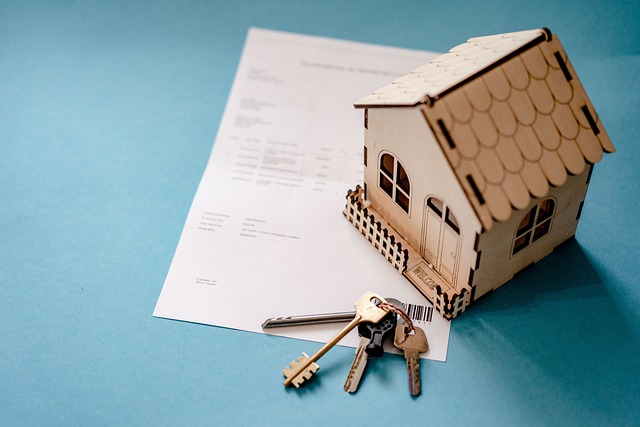Guide to Properties for Sale: Types, Buying Steps, and Considerations
Buying a property involves more than finding a desirable address — it means matching a financial plan, legal requirements, and lifestyle needs. Whether you are looking at houses, condominiums, or other types of homes, understanding terminology, inspection priorities, financing options, and local services helps you make informed decisions and reduces surprises during closing.

What is real estate and property?
Real estate describes land and anything permanently attached to it, while property can mean ownership rights in that land or structures. In practice, understanding both terms helps clarify contracts: real estate often refers to the physical asset, and property refers to the bundle of rights you buy or sell. Knowing whether a listing transfers all property rights, or if there are easements, covenants, or homeowner association rules, affects long‑term use and value.
Real estate markets vary by location and by property type. Market cycles, supply and demand, and local zoning rules influence availability and the kind of properties for sale in your area. When researching, look for local services such as title companies, real estate attorneys, and licensed agents to clarify legal and regulatory differences.
How to find homes and houses for sale?
Start with licensed real estate platforms and local services to gather listings that match your priorities: size, neighborhood, commute, schools, and amenities. Use filters for houses if you want detached structures or for homes more broadly if you are open to different dwelling types. Keep an eye on listing histories and how long properties have been available; that can indicate pricing flexibility or inspection issues.
Attend open houses and schedule private showings to assess circulation, natural light, and neighborhood character. When comparing houses, consider maintenance needs and potential renovation costs. Document questions for sellers and agents, and request disclosures and recent utility bills when available to evaluate ongoing expenses.
How to evaluate a property’s condition?
A visual walkthrough will reveal surface issues, but professional inspections identify structural, mechanical, and safety concerns. Typical inspector reports cover roofs, foundations, electrical systems, plumbing, heating and cooling systems, and signs of water intrusion or pests. Use inspection results to negotiate repairs, credits, or price adjustments with the seller.
Beyond the inspection, research property history: prior claims, permits for renovations, and local building restrictions. For older houses, factor in potential updates such as insulation, windows, or electrical panel upgrades. If a property adjoins protected land or has easements, those conditions can affect privacy, future development, and resale options.
Financing property purchases
Mortgage products vary by loan term, down payment, and borrower qualifications. Common options include fixed‑rate and adjustable‑rate mortgages; selection depends on your tolerance for rate changes and how long you plan to hold the property. Lenders evaluate credit, income, and debt-to-income ratios to determine eligibility and the interest rate offered.
Pre-approval from a lender strengthens offers and clarifies budget constraints when searching for homes. Remember to include closing costs, insurance, property taxes, and any homeowner association fees in affordability calculations. Local services such as mortgage brokers, banks, and credit unions can provide personalized rate quotes and explain special programs for first‑time buyers or specific professions.
What to know about condominiums?
Condominiums are individual units within a larger building or complex where owners share common areas and pay association fees for maintenance, insurance, and amenities. When considering condominiums, review the condominium association’s rules, financial statements, reserve funds, and recent meeting minutes to understand assessments and potential special fees.
Condo living often reduces exterior maintenance responsibilities but adds collective decision‑making and restrictions on renovations, rentals, or pets. Evaluate the association’s management quality and how frequently assessments have increased. Also confirm what portions of the property the association insures versus what you must insure as an owner.
Conclusion
Properties for sale encompass a range of physical types and legal arrangements, from single‑family houses to condominiums, and each requires distinct research into condition, financing, and local regulations. Combining careful inspection, clear understanding of ownership rights, realistic budgeting, and consultation with local services helps create a smoother purchasing process and a clearer long‑term outcome.






